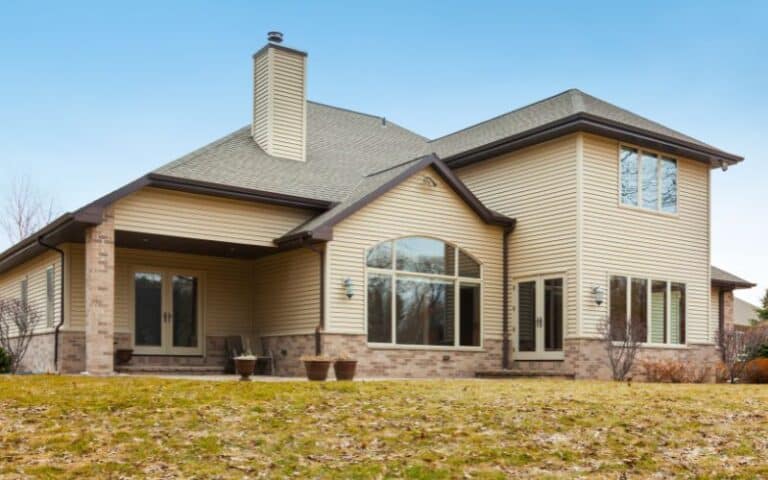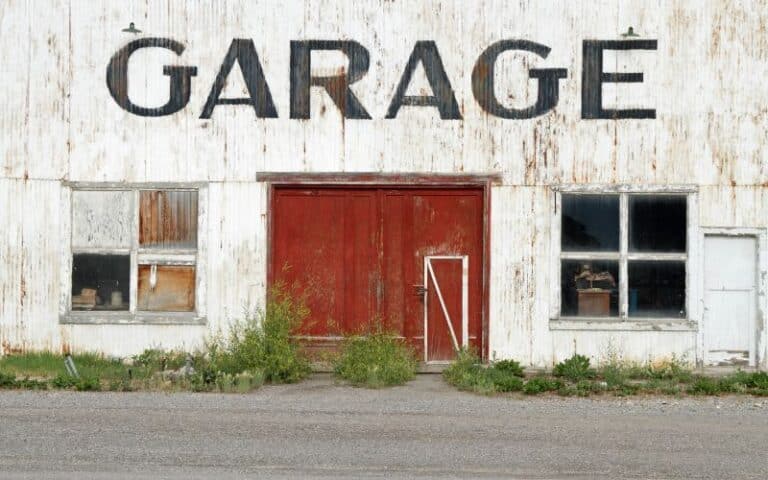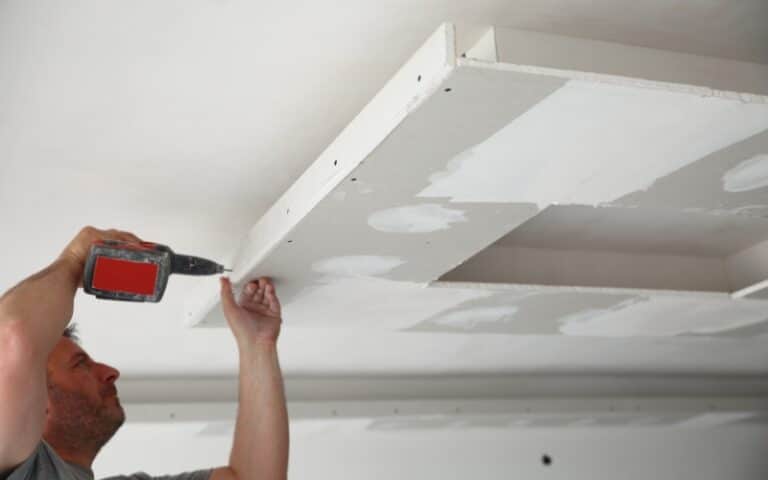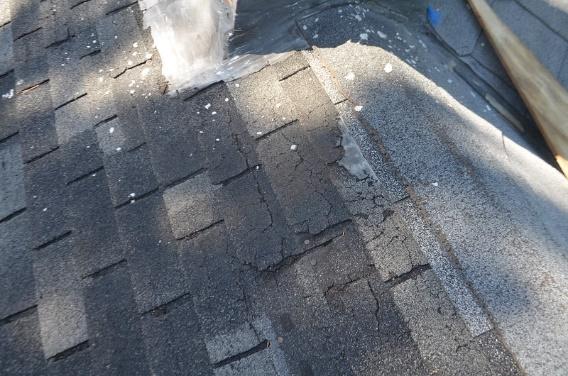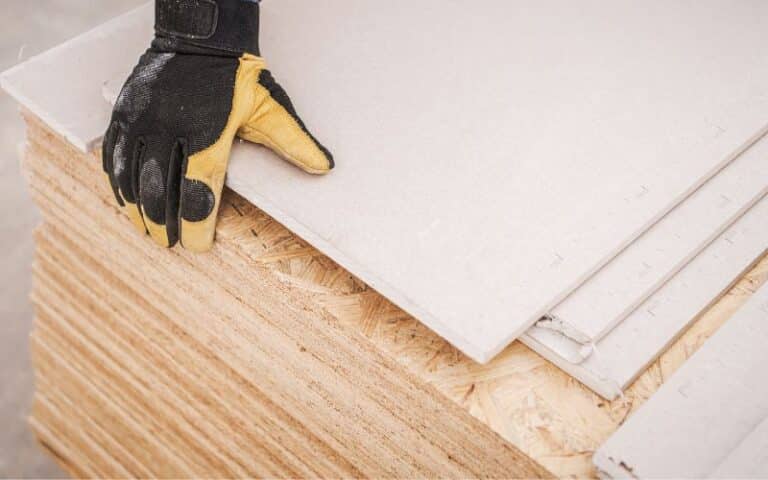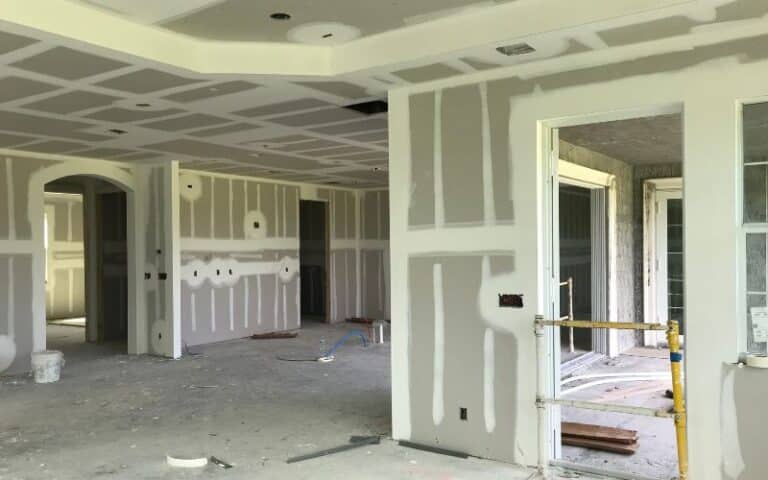You may be torn between installing drywall or paneling when executing a new project in your home or simply renovating.
Without much experience in construction, this can be a tough choice because you want an option that covers your need and would serve you for a considerable time.
Therefore, this article comparatively details the similarities and differences between drywall and paneling to help you make an informed choice.
Generally, drywall is better than paneling because it is cheaper and easier to install, saving valuable time and construction costs. However, choosing between drywall and paneling depends more on individual choice, personal preference, and style. Moreover, you can adopt both options in a single building for different locations and purposes.
Drywall and paneling are not necessarily exclusive options in a house. Instead, their unique features make them fit for varying purposes around the home.
Thus, this article compares drywall and paneling, highlights their features, and recommends the best application for each. Read on to find out more!
Ready for a Drywall Quiz?
Which is Better, Between Drywall and Paneling?
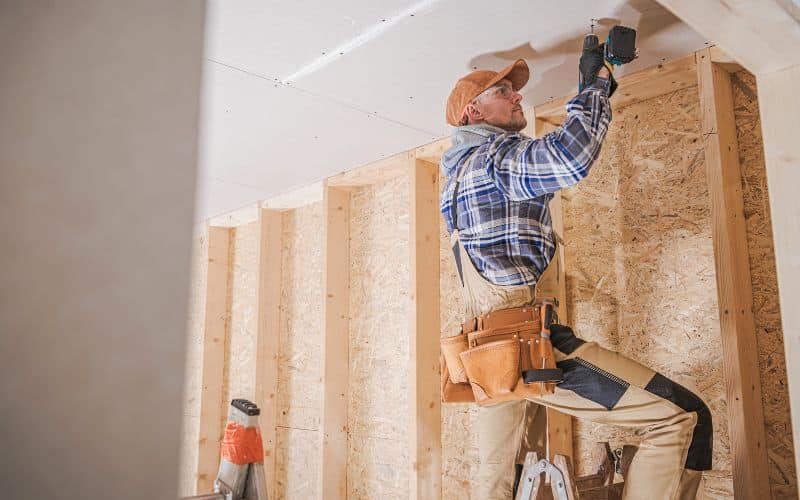
Both Drywall and Paneling are great options for household surfaces. However, each has its distinct feature.
This section considers the individual features of drywall and panels to highlight their differences.
#1. Drywall
Drywall is made from dried gypsum minerals and crystallized water; thus, it dries faster and allows easier installation.
Although damages are uncommon to drywall with proper installation, it is very easy to repair in the advent of damage.
Drywall also has a smooth paper surface compatible with multiple surfaces, such as paint and wallpapers, allowing dynamic designs to suit your preferences.
They give you uniformly smooth surfaces without any undulations, in perfect line and level, which is hard to achieve with normal plaster on a brick wall.
Its uniform, smooth surface makes it excellent for adhesive and paint application, improving its durability. It is also free from normal shrinkage and creeps cracks in normal brick/stone walls with cement plaster.
Further, because it is faster to erect drywalls than panels, using drywall reduced construction costs by saving energy for installation.
In addition, since the installation process is less complicated, labor costs are minimized when using drywall.
The light weight of drywall also makes handling and manipulation easier, requiring less skill to install. You can easily cut drywall with putty or utility knives without power tools.
With this ease of manipulation, you can remove and re-install drywall seamlessly.
In addition, repairs like patches are easily made by cutting and covering holes and filling gaps with drywall mud.
Also, the crystalline water molecules present in gypsum, the base material of drywall, make it fire-resistant to a reasonable degree.
During a fire outbreak, drywalls can prevent fire growth and spread.
When installing drywalls, you don’t need water, so your construction site remains clean and tidy and less hazardous.
Drywalls can be used for walls, ceilings, and even as divisions for partitions. When used on ceilings, you can install recessed lighting and hang any article confidently.
#2. Paneling
Paneling provides a more natural finish than drywall, giving your room a warmer and more sophisticated outlook.
You can use sheet or board paneling, which is aesthetically superior, creating a focal point in the room.
Though paneling can be durable, they are also susceptible to warping, making it easy to develop complications, especially when not installed by a professional.
Panels are waterproof, making them durable in hard rooms like bathrooms and kitchens. Say goodbye to mucky walls thanks to the excessive durability of internal wall paneling.
Further, they are decorative, allowing you to express your creativity unbridled during installation.
Interior paneling might have a similar upfront cost to traditional ceramic tiles, but be sure they’ll last a lifetime.
Not only will interior paneling look great, but it’ll also last for years without looking tired.
Below is a table outlining the differences between drywall and paneling.
| Drywall | Paneling |
|---|---|
| Installation is easier | It has a natural and sophisticated look |
| It is time and cost-efficient | They are expensive |
| It has a wide range of applications | Requires highly skilled professionals for proper installation |
Does Drywall Insulate Better than Wood Paneling?
Drywall is a unique and exceptional material in construction, but it doesn’t do so well when it comes to insulation.
The R-value of drywall (i.e., its ability to resist heat flow) is significantly low — about 0.45 at ½” thickness.
This standard thickness is similar to other materials such as dirt, face brick, particle board, concrete, sidings, and single-pane glass. And these materials are not commonly used for insulation.
Most people who purchase drywalls usually purchase an insulation material, especially if it is to be used in a residential area.
In contrast, paneling has great insulating capacity. It is a great way of adding heat insulation to a room. Paneling helps to maintain a reliable and constant temperature within a room.
Is it Cheaper to Put up Drywall or Paneling?
Paneling is much more expensive than drywall. The thicker the panels, the higher the price of purchase and installation.
On the other hand, drywall is a common material in modern construction. It is sought after by many professionals due to its low-cost, great output, and ease of manipulation during installation.
Drywall is widely available and quite easy to install. If you plan to paint the walls, the drywall may be a more cost-effective option, as it does not require a finished surface like wood paneling does.
Conversely, wood paneling is increasingly expensive because of the cost of the wood and the labor required to install it.
Still, it is worth noting that the cost difference between wood paneling and dry wood can be driven by the type and quality of the wood chosen.
Is it a Good Idea to Drywall Over Paneling?
Yes, with good expertise, you can properly install drywall over paneling.
Removing paneling can be expensive and time-consuming, so many homeowners opt for installing drywall over paneling.
This option is usually a workable solution, especially if done properly. Screws can connect the drywall through the paneling and into wall studs.
Sometimes, however, the thickness of the paneling and drywall does not match well with the window and door framing and moldings.
Therefore, before installing drywall over paneling, it is best to note these differences and address them appropriately.
In the end, whether you choose to go for paneling or dry wood, you must consider what is best for you in terms of cost, personal style, and time.
Also, remember that the presence of one does not mean the absence of another.
Rather, a professional can produce a skillful blend of drywall and paneling to produce a delight in aesthetics and function.

